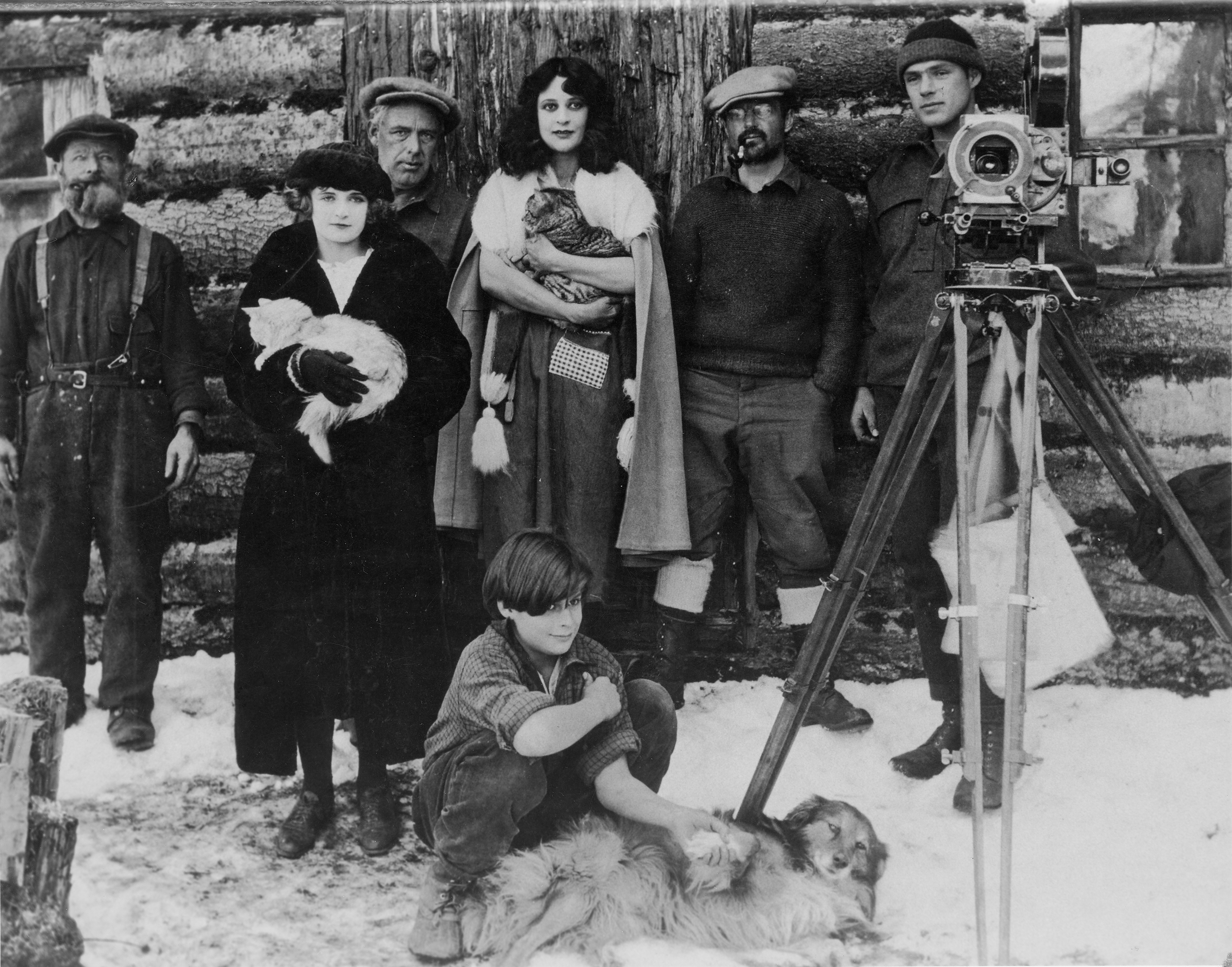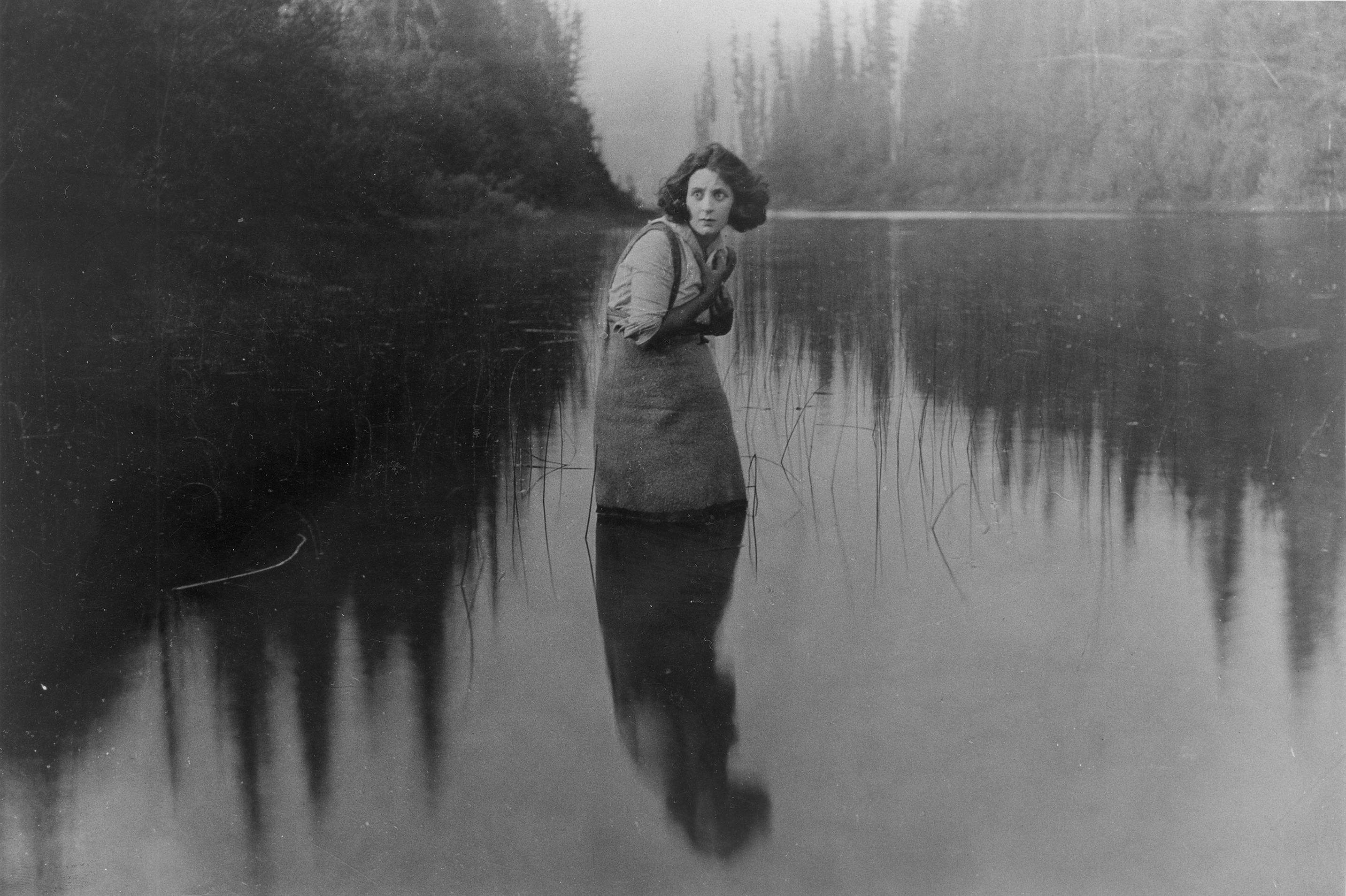The story of Canadian women in film is one of triumph and frustration. Female filmmakers in this country have often grappled with low budgets, employment scarcity and a lack of recognition. Yet they’ve also built a powerful canon of work and inspired an emerging group of artists who are now taking their rightful place on the world stage.
Until recently, however, few resources existed to tell the story of Canadian women who make movies — and those that did exist were either scattered or hidden. So in 2007, University College Librarian Margaret Fulford set out to correct that.
A lifelong film buff and feminist, Fulford was initially inspired to create such a resource after attending a 1980s festival of films made by women called Through Her Eyes. Decades later, when thinking of a project for her first year-long research leave as a librarian, she came up with the idea to create a database of Canadian women filmmakers.
We're still at a point where women [directors] aren't allowed to be mad visionaries. We have to prove beyond a shadow of a doubt that we're responsible, that we can handle it, that we've got all our ducks in a row . . . most women who direct always come in on budget, always come in on schedule, and if they were wild and irresponsible it would not be put down to brilliance, but to a general flakiness. — Sarah Polley
She called up Kay Armatage, professor emerita at the Cinema Studies Institute and the Women & Gender Studies Institute and a renowned filmmaker herself. “I said, is there anything I’m overlapping with, and would this be useful?” Fulford recalls.
Armatage assured her that it most certainly would — and that a year wouldn’t be nearly enough to capture all the information. “She said, it’s much bigger than you think,” Fulford says, adding that “it’s only gotten bigger since.”

Thus was born the Canadian Women Film Directors Database: a fully bilingual digital compendium now containing the names of, at this writing, 1,699 filmmakers and details about 2,420 films they've made since 1920. Included here is everyone from Nell Shipman — the first Canadian woman to direct a film — to modern-day stars such as Patricia Rozema, Deepa Mehta, Alanis Obomsawin and many others.
The site is free and available for use by researchers, students, or anyone with an interest in the subject. In addition to the names of directors and their movies, it also contains a wealth of bibliographic references, lists awards won by filmmakers, and offers a “chronology of firsts” page which highlights pioneers in the field.
My films assume feminism... it's in their foundation. All the assumptions of the characters and everything that happens assume that women clearly have the right to do whatever they want to do. — Patricia Rozema
Fulford took several programming courses to design the database, which has involved 15 years of painstaking detective work. “I’ve mostly done it myself, but I’ve had some important help from Faculty of Information students who were doing practicums. I had one go through the National Film Board website and find any pre-1980 films that I hadn’t already, and another one went through festival programs that were only available in print.”

Fulford cites with pride the wealth of quotes by or about directors that she’s mixed in with the all the names and numbers. “That’s one of my favourite parts of the research — looking for pithy, interesting quotes within articles or books. I put those in to give the database a little more flavour,” she says.
And these quotes do reveal a history in which Canadian women had to fight to be properly credited or even employed within the industry. One learns, for example, that acclaimed war documentarist Jane Marsh resigned from the National Film Board when founder John Grierson — himself inventor of the term “documentary” — admitted he didn’t want to promote her because of her sex.
That said, documentary film is one of the areas in which Canadian women have really shone. Fulford says that, since Grierson’s time, the National Film Board has been responsible for either directly nurturing or inspiring the careers of many of our finest women filmmakers.
“Women have traditionally been in the minority as directors everywhere in the world, but historically Canada has had more participation than the United States, and I think that’s largely because of the NFB,” Fulford says.
“And yet documentaries tend to be easier to get into, since they cost less to make. Because when we talk about issues of gender parity in filmmaking, it’s not just about the percentage of women who are becoming film directors: it’s about the kinds of budgets they’re getting.”
For me the root of making films is always listening. The word is sacred. So I make many visits to people who I think I want to make a film about. I never come with the camera first. I listen. That develops a trust, and places you in such a beautiful place in the heart of a person, who then is not afraid. — Alanis Obomsawin
Watching her database grow over the last 15 years, Fulford has noticed not only the continued achievements of women in documentaries, but their expanding success in areas such as features and animation. Lately, her favourite movies have included the animated sensation Turning Red by Domee Shi, who grew up in Toronto where the film is set, as well as features such as Night Raiders by Danis Goulet and Beans by Tracy Deer.
“And in terms of classics or older films,” she adds, “I love Double Happiness by Mina Shum, and Léa Pool’s film Emporte-moi. Also Patricia Rozema, especially Mansfield Park, and Water by Deepa Mehta … I could go on and on.”
In future, Fulford plans to add lots more films to the ever-growing database. It’s become an indispensable research tool for anyone who wishes to learn about the history of Canadian women filmmakers: women who’ve proven, time and time again, that they are more than ready for their close-up.

